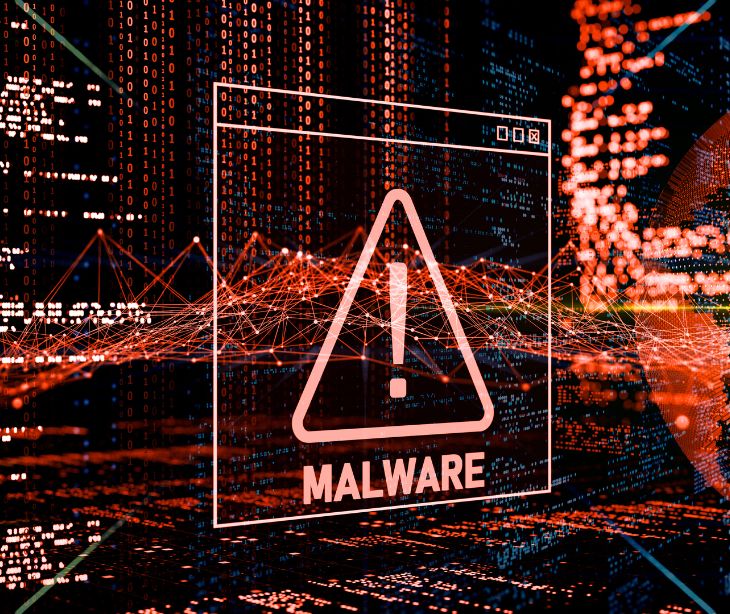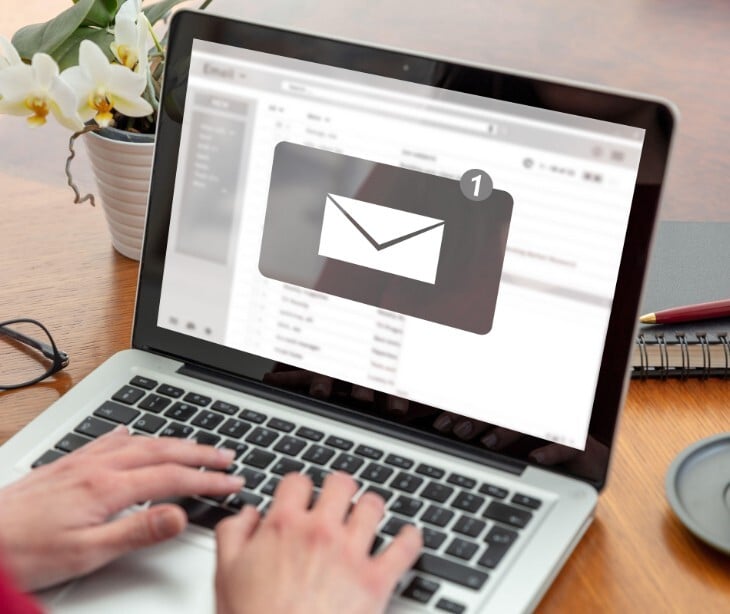
Healthcare organizations are at a high risk of cybersecurity attacks because of the valuable patient data they hold. Cybercriminals target this data for its ransom potential, and healthcare providers may pay to prevent disruptions in patient care - making them prone to malware attacks.
What are the signs of a malware infection in healthcare IT systems?
- Computers run slower than usual.
- Systems crash unexpectedly.
- Computers restart without any known cause.
- Programs don't open or work correctly.
- There's a noticeable rise in network activity.
- Signs indicate data is being sent to unknown locations.
- File sizes change without reason.
- Data or files become corrupted.
- Database or file information is inconsistent.
- Messages demanding payment for data access appear.
- Systems connect to unrecognized IP addresses or domains.
See also: HIPAA Compliant Email: The Definitive Guide
The role of technology
Prevention
As malware becomes more sophisticated, leveraging advanced technologies identify, neutralize, and prevent these threats. These technologies are designed to detect known malware through established databases and include:
- Intrusion Detection and Prevention Systems (IDPS): Identifies and responds to potential threats quickly.
- Machine learning and AI-based tools: Analyzes patterns to detect and predict malware activities.
- Email filtering systems: Blocks phishing and spam emails that could contain malware.
- Web filtering solutions: Restricts access to malicious websites.
- Endpoint protection platforms: Provides comprehensive security solutions for network endpoints.
- Network segmentation tools: Separates network segments to contain and limit the spread of malware.
- Cloud-based security services: Offers scalable and updated security solutions.
- Virtual Private Networks (VPNs): Secures internet connections to prevent interception and malware infiltration.
- Sandboxing: Tests and analyzes suspicious programs in an isolated environment.
See also: What is malware?
Identification
Technology plays a role in identifying malware by utilizing algorithms and databases to detect known threats and anomalous behaviors indicative of new or sophisticated malware. The technologies that can accomplish this include:
- Antivirus and anti-malware software: Scans for known malware signatures.
- Cloud-based security services: Utilizes extensive cloud databases and machine learning for enhanced malware detection.
- Threat intelligence platforms: Uses global intelligence data to identify emerging malware threats.
- Security Information and Event Management (SIEM) systems: Aggregates and analyzes data from various sources to identify potential threats.
Preventive measures: How can healthcare settings protect themselves against malware?
- Implement regular software updates: Set up a schedule for updating all software, including operating systems and antivirus programs, to patch vulnerabilities.
- Conduct continuous cybersecurity training: Train staff on cybersecurity best practices, recognizing phishing emails, safe browsing habits, and the risks of using unsecured networks.
- Install and update antivirus and anti-malware software: Ensure that robust antivirus and anti-malware solutions are installed on all systems and regularly update them for the latest threat protection.
- Enforce strong network security measures: Use firewalls to protect network boundaries and secure Wi-Fi networks with strong, complex passwords and the latest encryption protocols. Implement VPNs for secure remote access.
- Regular data backup: Implement a routine for backing up data to secure, offsite locations or cloud services, ensuring data availability during a malware attack.
- Limit access with role-based controls: Apply strict access controls, ensuring staff access only the data and systems necessary for their roles, minimizing internal security risks.
Subscribe to Paubox Weekly
Every Friday we'll bring you the most important news from Paubox. Our aim is to make you smarter, faster.




